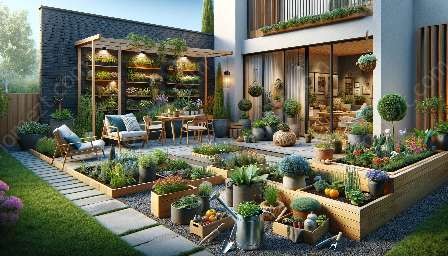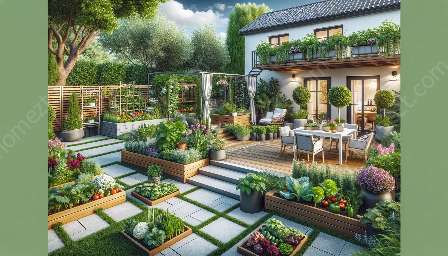Whether you're a seasoned gardener or just starting to explore the world of landscaping, mulching is a fundamental practice that can elevate the health and beauty of your yard and patio. In this comprehensive guide, we'll delve into the various aspects of mulching, from its benefits to application techniques, and how it can transform your home and garden.
The Benefits of Mulching
1. Weed Control: One of the primary reasons for mulching is to suppress weed growth, thereby reducing the time and effort required for maintenance in your yard and patio. By creating a barrier between the soil and the external environment, mulch inhibits weed germination and growth.
2. Soil Moisture Retention: Mulch helps to conserve soil moisture by reducing evaporation, especially in summer months. This is particularly beneficial for plants in containers or raised beds in your home and garden, as it reduces the frequency of watering.
3. Temperature Regulation: Mulch acts as an insulator, moderating soil temperatures and protecting plant roots from extreme heat or cold. This is essential for promoting healthy root development and overall plant vitality.
4. Erosion Prevention: When heavy rain or wind can cause soil erosion, mulch provides a protective layer that minimizes the impact, preserving the integrity of your yard and patio's landscape.
Choosing the Right Mulch
There are various types of mulch available, ranging from organic to inorganic materials. Organic mulches, such as bark, wood chips, and compost, offer the added benefit of improving soil structure and fertility as they decompose. Inorganic mulches, like stones and rubber, provide longer-lasting coverage but do not contribute to soil health.
Consider factors such as aesthetics, local climate, and the specific needs of your plants when selecting the right mulch for your yard and patio. Additionally, ensure that the mulch is free from pathogens and pests to avoid potential harm to your home and garden.
Application Techniques
1. Mulch Depth: Apply a layer of mulch 2-4 inches deep to achieve optimal results. Avoid piling mulch directly against plant stems but instead create a buffer around them to prevent moisture-related diseases.
2. Mulch Maintenance: Periodically check and replenish mulch as needed to maintain the desired thickness and effectiveness. This is especially important in high-traffic areas or where mulch may have decomposed over time.
Mulching in Your Home and Garden
Once you understand the benefits and best practices of mulching, it's time to apply this knowledge to your home and garden. Whether you have a lush green lawn, a vibrant flower garden, or a cozy patio, mulching can enhance the overall appeal and health of your outdoor space.
For lawns, consider mulching with grass clippings to return nutrients to the soil and reduce the need for chemical fertilizers. In flower beds and vegetable gardens, organic mulches like straw or shredded leaves can improve soil structure and provide a natural, uniform appearance.
Conclusion
By embracing the practice of mulching, you can create an environment in your yard and patio that is both visually appealing and ecologically sustainable. Take advantage of the multitude of benefits that mulch offers, and watch as your home and garden thrive with newfound vitality.





























